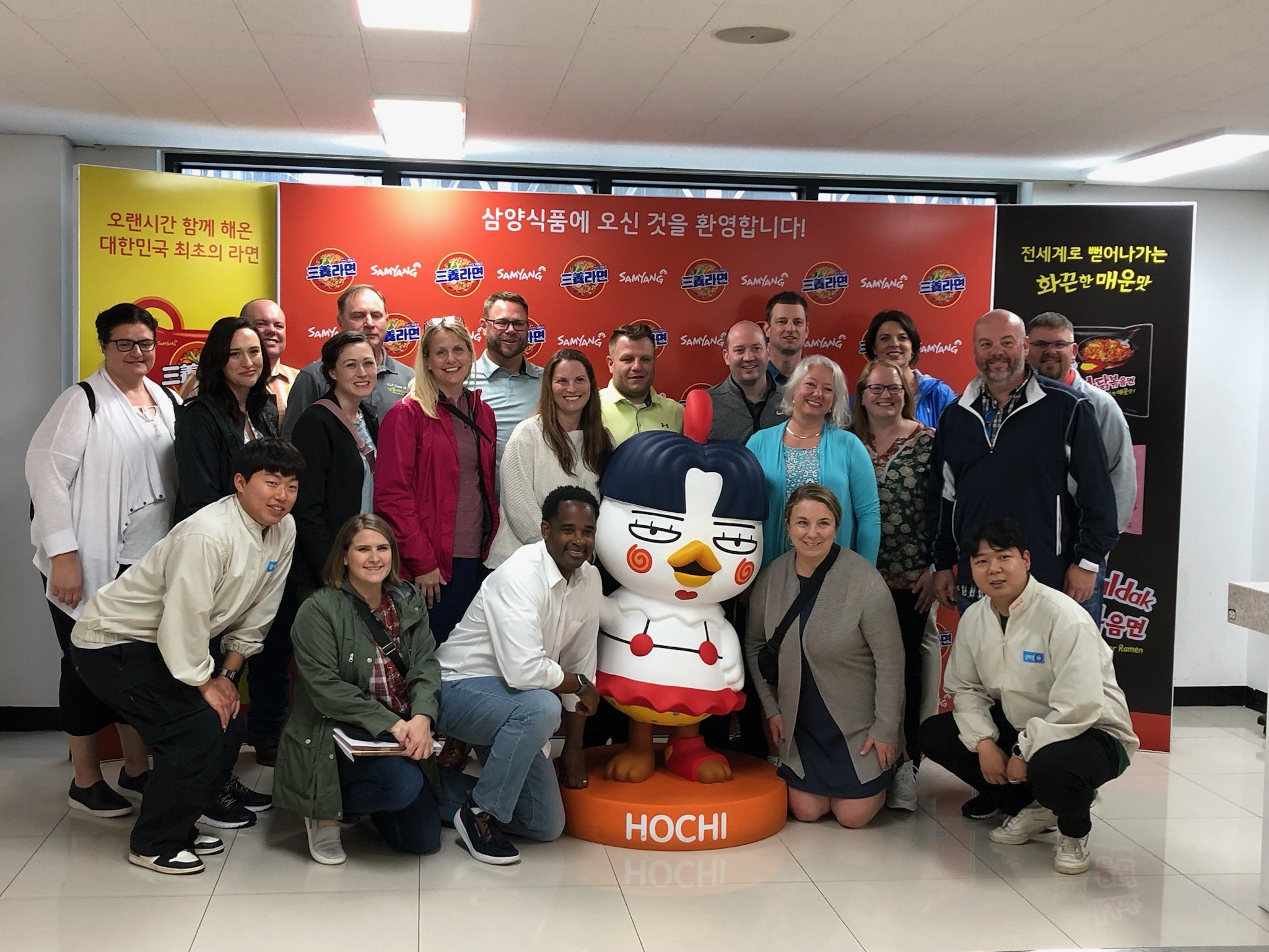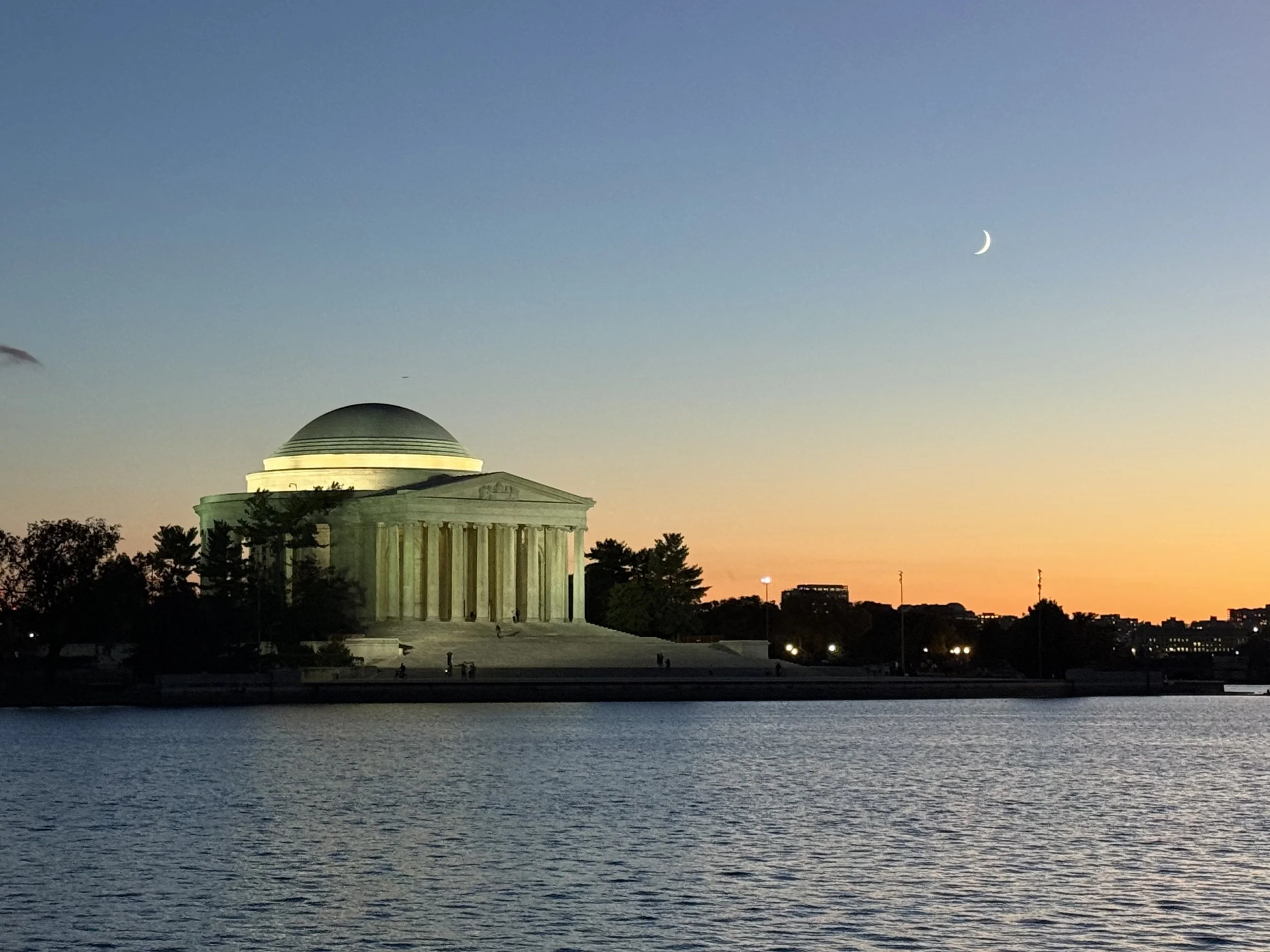Indiana Agriculture in Korea
/As part of the Indiana AgriInstitute Ag Leadership Program, I was happy to (finally) get the chance to take our class’s international trip at the end of April. We were originally set to go to Asia in February/March 2020…which for obvious reasons did not happen. But we eventually got our adventure, and what a journey it was!
We first traveled to South Korea. After approximately one million hours on the plane, we touched down in Incheon, a port city about an hour from Seoul. Korea imports 2/3 of its food supply and the United States is the largest source of these imports. The US and SK signed KORUS (a free trade agreement) in 2012. The US exported about $10 billion worth of agricultural products to South Korea in 2022, making SK our 5th largest agricultural export market. This includes beef, pork, prepared foods, fresh fruit, soybeans, corn, and dairy, although there are still limits on the beef that can be imported. South Korea has its own thriving agricultural industry — including rice, beef, apples, pears, and strawberries.
Manna Cea
In Seoul, we saw the past and future mixed together block by block. We visited traditional temples like Gyeongbokgung, with colorful ceilings and stone dragons. Right next door we’d find modern advertising and high rise apartments. Seoul is also home to famous late night fish markets and meat markets showcased by Anthony Bourdain. We visited an almost entirely automated ramen noodle factory and multiple high-tech hydroponic farms growing basil, lettuce, and other herbs in contained water-recycling systems. We enjoyed the fruits of all this industry as well: bibimbap, kimchi, soup (for breakfast too!), seaweed salad, hot pot, barbecue, and rice with every meal.
samyang factory
seafood market
South Korea was far away in miles, but was more similar to the United States than I expected in many ways. One big exception was the Demilitarized Zone between North and South Korea. The DMZ is a world unto itself. First we walked around an outdoor area with an almost carnival like feel (there were restaurants with robot waiters and even a ferris wheel). After learning more about the long history of the Korean Peninsula, we boarded a bus toward the Joint Security Area. Once we crossed over the Civilian Control Line, things got more serious—military guards boarding the bus, checkpoints, prohibition against photographs.
NK soldiers have dug tunnels under the area. We were able to walk through the “Third Tunnel” discovered in the late 1970s (not for the “weak of mind or body,” according to the signage). A surprise to me was the number of small farms situated between the North and South. Two years after the 1953 armistice that suspended the Korean War and created the DMZ, both sides agreed to build model villages inside the zone to demonstrate the superior virtues of the two countries. South Korea built Daeseong-dong and the North built a village named Kijong-dong just 440 yards away. According to South Korea, the NK village is unoccupied. The SK town is home to roughly 200 people, mostly farmers subsidized by the government. There is no income tax and residents are exempt from the South Korean military service requirements. They live a strict life, with curfews and military escorts for visitors. Most of these farming families sell rice under a special DMZ brand. Farming continues, even in this throw back to the Cold War.
DMZ
We left South Korea and headed southwest to Laos…a challenging country that deserves its own blog. Stay tuned.







